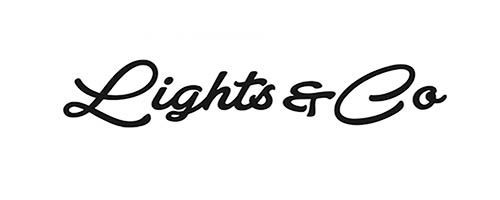Now that you decided on your light fixtures, another important consideration is of course the light source, depending if you like your house to be daylight bright or if you prefer to set a warmer tone. Let's take a look at some of the basic considerations.
1. Wattage - This is the power that the bulb or light source is going to consume (it does not translate directly to brightness unlike the incandescent bulbs). With newer light bulbs (ie: LED) designed to use less energy, wattage is no longer a reliable way to gauge a light bulb's brightness. Lumen measures brightness. A standard 60-watt incandescent bulb, for example, produces about 800 lumens of light.
2. Lumen or Luminous Flux - Lumen (as denoted by LM) is the measure of the amount of light emitted from the light source visible to the human eye. The higher the lumen rating, the brighter the light source is.
3. Colour Temperature - Colour Temperature is measured in KELVINS, It denotes what colour is your light. Colour temperatures over 5,000K are called cool colours (day white), while lower colour temperatures (2,700–3,000 K) are called warm colours (yellowish white / warm white). A light source with cooler colours is generally brighter than a warmer light source.
4. Colour Rendering Index - A colour rendering index (CRI) is a quantitative measure of the ability of a light source to reveal the colours of various objects faithfully in comparison with an ideal or natural light source. Light sources with a higher CRI are critical when viewing photography and art pieces.

